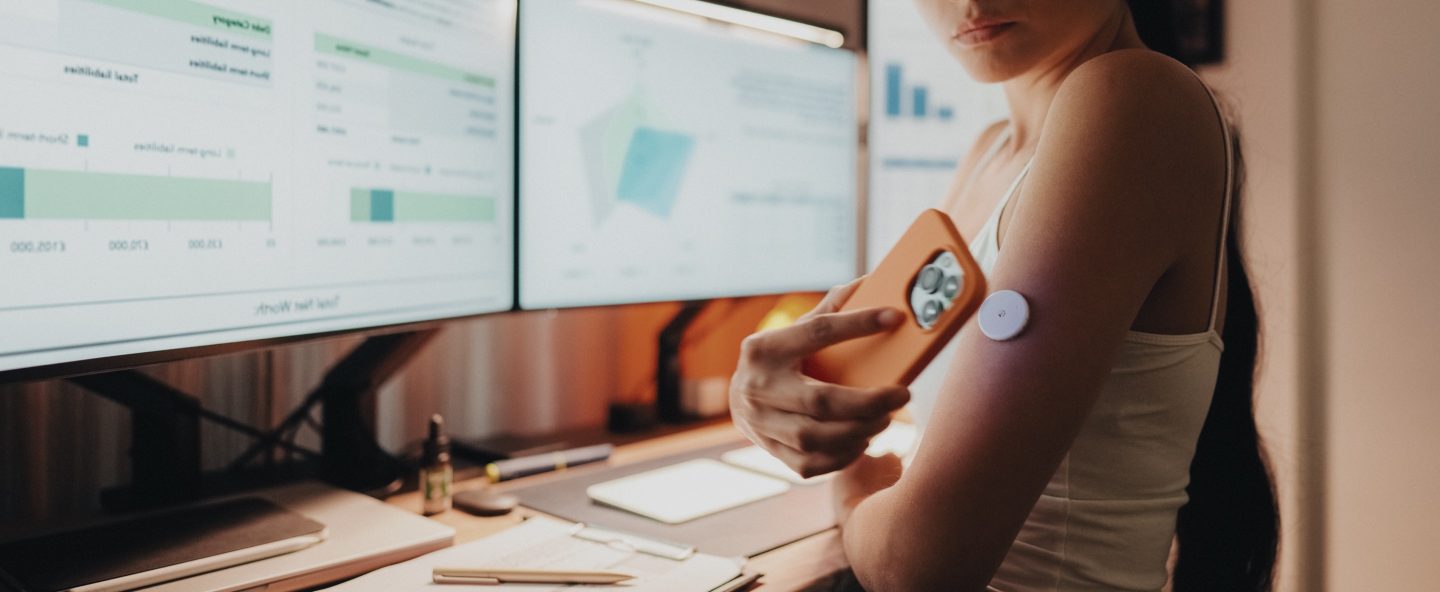Eye on Innovation
Epidemiology

- acceptability (79)
- access to care (174)
- accessibility (75)
- accountability (8)
- accuracy (16)
- addiction (313)
- adherence (48)
- adolescents (141)
- adoption (26)
- adults (35)
- advertising (12)
- alcohol (138)
- algorithm (38)
- anxiety (116)
- Apple (14)
- artificial intelligence (193)
- assessment (40)
- award (1)
- barriers (8)
- behavior change (127)
- behavioral health (203)
- bias (11)
- big data (46)
- biomarkers (74)
- Bipolar Disorder (7)
- burnout (3)
- cancer (14)
- cannabis (59)
- care coordination (21)
- CBT (55)
- chatbot (14)
- ChatGPT (3)
- children (62)
- chronic disease (75)
- chronic pain (6)
- clinical trials (28)
- Clinician-Patient Relationship (5)
- co-occurring disorders (21)
- cognitive impairment (24)
- collaboration (14)
- communication (67)
- community (2)
- computer-based (56)
- consumers (36)
- contingency management (15)
- cost-effectiveness (51)
- COVID-19 (156)
- CTBH (314)
- CTN (15)
- Cybersecurity (15)
- Data (5)
- data analysis (163)
- data collection (147)
- data sharing (33)
- DEA (7)
- decision support (14)
- depression (196)
- developers (11)
- development (90)
- diabetes (42)
- diagnosis (61)
- diet (11)
- digital divide (14)
- digital health (489)
- Digital Health Ethics (9)
- Digital Phenotyping (7)
- digital therapeutics (83)
- dissemination (18)
- dissemination and implementation (46)
- diversity (3)
- doctor patient relationship (42)
- e-cigarettes (45)
- ecological momentary assessment (12)
- education (62)
- effectiveness (7)
- efficacy (36)
- electronic health record (60)
- Emergency care (37)
- emergency department (34)
- emotion (19)
- end user (1)
- engagement (90)
- ethics (21)
- evaluation (24)
- evidence based (37)
- exercise (7)
- FDA (132)
- feasibility (42)
- fentanyl (12)
- fitness (29)
- funding (10)
- games and gamification (60)
- global health (41)
- global pandemic (3)
- GPS (13)
- hardware (6)
- health care (71)
- health care delivery (67)
- health care providers (98)
- health data (137)
- health disparities (31)
- Health Equity (20)
- health information-seeking (6)
- health literacy (12)
- health tracking (5)
- high-risk (30)
- HIPAA (9)
- HIV (42)
- illicit drugs (85)
- implantable device (25)
- implementation (54)
- incentives (19)
- information visualization (14)
- integrated care (15)
- internet-based (189)
- intervention (226)
- intervention characteristics (4)
- Latin America (9)
- literature review (61)
- low-income (6)
- machine learning (99)
- measurement (16)
- medical device (7)
- medication management (68)
- mental health (515)
- mental health care providers (13)
- Mental Illness (15)
- methodology (38)
- mhealth (397)
- mindfulness (19)
- minority groups (5)
- mobile apps (470)
- mobile technology (35)
- mobile tools (67)
- mobile-based interventions (4)
- motivation (14)
- motivational interviewing (4)
- Natural Language Processing (7)
- neuromodulation (38)
- nicotine (19)
- NIH (51)
- obesity (18)
- older adults (12)
- opioid epidemic (209)
- opioid overdose (8)
- opioid use disorder (18)
- opioids (214)
- overdose (108)
- pain management (86)
- participatory design (9)
- patient (1)
- patient outcome (12)
- personalization (4)
- physical health (227)
- policy and regulation (264)
- post traumatic stress (32)
- precision medicine (24)
- prediction (14)
- pregnancy (26)
- prescription drugs (144)
- prevention (195)
- primary care (26)
- privacy (99)
- psychosocial (5)
- public access (12)
- public health (62)
- qualitative (10)
- quality (8)
- quality of life (14)
- racial disparities (3)
- randomized controlled trial (4)
- reach (1)
- recordings (1)
- recovery (78)
- recovery support (75)
- recruitment (3)
- referral to treatment (10)
- reimbursement (1)
- relapse (34)
- remote monitoring (76)
- researchers (18)
- Retention (4)
- risk behavior (17)
- robotics (3)
- rural (62)
- Safe Station (5)
- safety (98)
- schizophrenia (5)
- Screening (20)
- screening and brief intervention (68)
- security (79)
- self regulation (6)
- seniors (29)
- sensors (105)
- severe mental illness (61)
- shared decision making (4)
- sleep (26)
- smartphones (171)
- smoking (1)
- smoking cessation (62)
- Social Determinants (7)
- social media (119)
- social support (37)
- software (24)
- stigma (7)
- stress (64)
- students (50)
- substance use (329)
- substance use disorder (1)
- substance use disorders (102)
- suicide (50)
- survey (5)
- Sustainability (3)
- systematic review (4)
- Technology (17)
- telehealth (185)
- text messaging (54)
- THC (5)
- theoretical (13)
- tobacco (100)
- training (10)
- treatment (419)
- Trust (6)
- user experience (59)
- user-centered design (16)
- validity (3)
- vaping (18)
- veterans (27)
- virtual reality (71)
- vulnerable populations (91)
- wearable device (204)
- wellness (8)
- withdrawal (20)
- women (31)
- young adults (71)
- NIH Grants Awarded to Geisel and Dartmouth-Hitchcock for Pediatric Research 09/21/2016
- Electronic cigarettes could have a huge effect on public health 06/21/2016
- The CTN Northeast Node is pleased to announce their participation in a National Drug Early Warning Systems (NDEWS) “Hot Spot” study 06/10/2016
- Swipe Right to Connect Young People to H.I.V. Testing 04/27/2016
- Mobile apps emerging as essential population health tools 03/15/2016
- Mobile dating apps spur HIV epidemic among Asia’s teenagers, says UN 11/30/2015
- Online Tool Analyzes Tweets To Determine States’ Caloric Balances 08/07/2015
- ResearchKit becomes a population health tool 06/29/2015
- Are Apps Like Tinder And Grindr Fueling A Rise In STDs? 06/12/2015